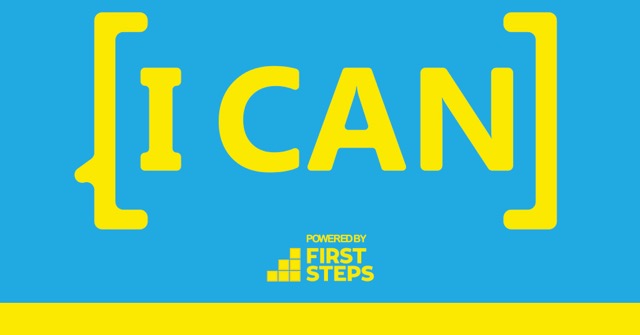We’ve been talking here on the blog about the everyday ways we can help the young children in our lives cultivate school readiness. So far we’ve talked about fine motor skills {like coloring and cutting with scissors} and gross motor skills {like jumping and running.}
This week we’re talking about simple ways we can build math foundations.
We’re using words like “simple” and “everyday” because preparing our children can be part of our daily routines. Readiness doesn’t mean math manipulatives from the education store and stacks of workbooks. It doesn’t mean fancy educational language and complex systems.
These are preschoolers we’re talking about. We prepare them for school in the same way we prepare them for life, using the everyday foundations our society already has in place to nurture ready children and promote ready families.
Strong families naturally cultivate strong foundations for learning. This is why family readiness is the most important readiness foundation of all! Reading books together, daily routines, counting, and everyday skills are all important building blocks.
But children without strong families can cultivate readiness as well. Quality child care centers, faith communities, neighbors, and extended family are all part of a foundation for readiness. That’s what First Steps is all about, creating a community where children are ready for school.
/////
With this foundation of readiness in mind, let’s get to some of the concrete skills that young children can have in their toolkit.
Whether we’re talking about your own children, your grandchildren, or other children in your care —
Here are 5 simple ways to get ready for math:
1. Count!
It really is this simple. Count up to 10, then work up to 20, and beyond. Skip-counting is also important as it prepares the brain for multiplication down the road. {There are all sorts of fun skip-counting songs online.}
Count in the car, while your child is brushing his teeth, or cleaning up toys.
2. Use everyday items as math “manipulatives.”
Counting blocks, cars, crayons, or plastic cups from the cupboard teach your child that numbers represent something.
3. Sort, categorize, and compare.
Sort blocks or toys by color, size, and shape. Sort items from smallest to biggest. Sort items into groups of five and ten and practice skip counting.
Again, using everyday items, ask which one is bigger, heavier, shortest, longest, smallest. Also ask which item is first, last, middle, third, etc. For example, line up three cars and ask children which car is the first, second, and third car in line.
4. Make patterns.
Practice simple repeating patterns with blocks, legos, and other household items. Patterns can involve shape, color, and size.
5. Number recognition.
Numbers are everywhere! Find them on billboards and road signs while in the car. Point them out on cereal boxes in the kitchen. Number magnets are a great way to keep little ones busy while you’re making dinner. And it’s not too early to have kids practice writing their numbers just like they practice writing their letters.
/////
As with other readiness foundations, math skills are easily incorporated into daily habits which can be practiced and reinforced in everyday ways, using items and routines you already have. The possibilities are endless!
Remember to keep things simple and fun. If practicing skills becomes stressful for you or your child, take a break or take it down a notch. Let your child’s curiosity and natural love of learning and repetition guide your efforts.
This post is part of the I CAN campaign, a statewide push to encourage school readiness across South Carolina. Social media, billboards, I CAN signs in our communities, and our recent op-ed piece in The Greenville News have been spreading the word about the importance of readiness foundations and everyday ways we can all play a part in getting our youngest learners ready for school.

{If you want to know why readiness is so important, click here.}
Want more creative ideas for developing math readiness in preschoolers? Here are some great links!
15 Simple Ways to Teach Patterns
Everyday Math Play in Preschool
Mathematical Thinking under the [I CAN] Profile of the Ready Kindergartener
If you’d like to know everyday ways that you can nurture the young children and their families in your life, subscribe to our blog where we provide FREE tips and everyday encouragement! {You can do that in the top right sidebar of the blog.}
We’d love to hear your thoughts! What’s your favorite way to develop math skills in your young child?
You can add a comment here on the blog or chime in on our Facebook or Twitter pages. Follow us on Pinterest for more inspiration and ideas!

